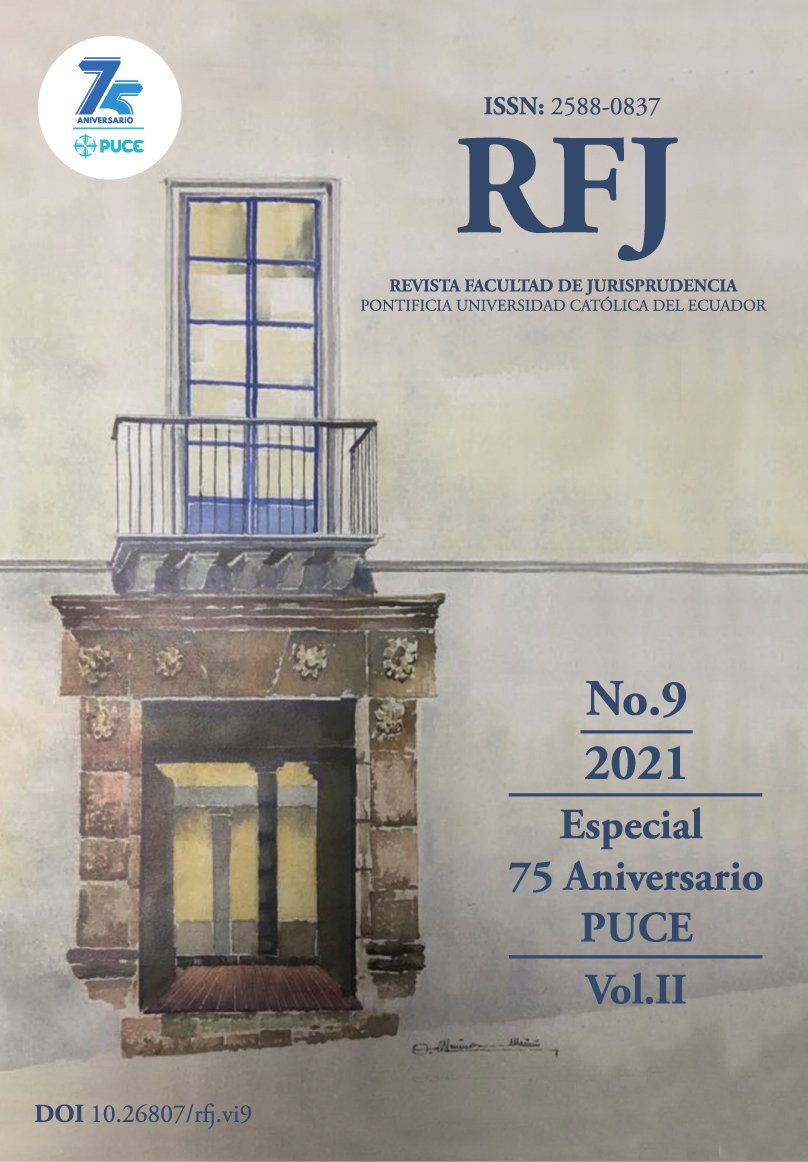El caso del derecho internacional comparado
Contenido principal del artículo
Resumen
A primera vista, el "derecho internacional comparado" puede parecer un oxímoron. En principio, el derecho internacional -al menos cuando surge de tratados multilaterales o de la costumbre general- se aplica por igual a todas las partes o Estados. En consecuencia, los juristas internacionales suelen resistirse a hacer hincapié en los enfoques locales, nacionales o regionales debido a las aspiraciones de universalidad y uniformidad de este campo. Los comparativistas, por su parte, suelen pasar por alto la posibilidad de aplicar las ideas del derecho comparado al derecho internacional basándose en que "las normas que tienen un carácter declaradamente universal no se prestan a la comparación" (Gutteridge, 1980, p. 13).
CÓDIGO JEL: P5, D23
Descargas
Los datos de descargas todavía no están disponibles.
Detalles del artículo
Cómo citar
Roberts, A., Stephan, P. B., Verdier, P.-H., Versteeg, M., & Reinhart, E. . (2021). El caso del derecho internacional comparado . Revista De La Facultad De Jurisprudencia., 2(9), 197–213. https://doi.org/10.26807/rfj.v2i9.439
Sección
Traducción Original
Citas
Cai, C. (2007). Change of the Structure of International Investment and the Development of Developing Countries BIT Practice – Towards A Third Way of BIT Practice. JWIT, 8 (6), pp. 829-847.
Carruthers, B. y Halliday, T. (2006). Negotiating Globalization: Global Scripts and Intermediation in the Construction of Asian Insolvency Regimes. Law & Social Inquiry, 31 (3), pp. 521-584.
Forteau, M. (2015). Comparative International Law Within, Not Against, International Law: Lessons to be Learned from the International Law Commission. The American Journal of International Law, 109 (3), pp. 498-513.
Gutteridge, H.C. (1980). Comparative Law and the Law of Nations. In W.E. Butler (ed.), International Law in Comparative Perspective.
Jain, N. (2015). Comparative International Law at the ICTY: The General Principles Experiment. Cambridge University Press.
Kennedy, D. (2007). One, Two, Three, Many Legal Orders: Legal Pluralism and the Cosmopolitan Dream, 3 N.Y.U. Review of Law & Social Change, 31 (3), pp. 641-649.
Linos, K. (2013). The Democratic Foundations of Policy Diffusion: How Health, Family, and Employment Laws Spread Across Countries, 1er edición. Oxford University Press.
McCrudden, C. (2016). Operationalizing the Comparative International Human Rights Law Method: a Case Study of CEDAW in National Courts. In Anthea Roberts et al. (eds.), Comparative International Law.
Reitz, J. (1998). How to Do Comparative Law. The American Journal of Comparative Law, 46 (4), pp. 617-636.
Rep. de la Comisión de Derecho Internacional. (2006). 58th Sess., May 1–June 9, July 3–Aug. 11. U.N. Doc. A/61/10; GAOR, 61st Sess., Supp. No. 10.
Roberts, A., Verdier, P. y Versteeg, M. (eds.). (2018). Comparative International Law. Oxford University Press.
Sally Engle, M. (2006). Human Rights and Gender Violence: Translating International Law into Local Justice. Chicago Series in Law and Society.
Zwingel, S. (2012). How Do Norms Travel? Theorizing International Women’s Rights in Transnational Perspective, International Studies Quarterly, 56 (115).
Carruthers, B. y Halliday, T. (2006). Negotiating Globalization: Global Scripts and Intermediation in the Construction of Asian Insolvency Regimes. Law & Social Inquiry, 31 (3), pp. 521-584.
Forteau, M. (2015). Comparative International Law Within, Not Against, International Law: Lessons to be Learned from the International Law Commission. The American Journal of International Law, 109 (3), pp. 498-513.
Gutteridge, H.C. (1980). Comparative Law and the Law of Nations. In W.E. Butler (ed.), International Law in Comparative Perspective.
Jain, N. (2015). Comparative International Law at the ICTY: The General Principles Experiment. Cambridge University Press.
Kennedy, D. (2007). One, Two, Three, Many Legal Orders: Legal Pluralism and the Cosmopolitan Dream, 3 N.Y.U. Review of Law & Social Change, 31 (3), pp. 641-649.
Linos, K. (2013). The Democratic Foundations of Policy Diffusion: How Health, Family, and Employment Laws Spread Across Countries, 1er edición. Oxford University Press.
McCrudden, C. (2016). Operationalizing the Comparative International Human Rights Law Method: a Case Study of CEDAW in National Courts. In Anthea Roberts et al. (eds.), Comparative International Law.
Reitz, J. (1998). How to Do Comparative Law. The American Journal of Comparative Law, 46 (4), pp. 617-636.
Rep. de la Comisión de Derecho Internacional. (2006). 58th Sess., May 1–June 9, July 3–Aug. 11. U.N. Doc. A/61/10; GAOR, 61st Sess., Supp. No. 10.
Roberts, A., Verdier, P. y Versteeg, M. (eds.). (2018). Comparative International Law. Oxford University Press.
Sally Engle, M. (2006). Human Rights and Gender Violence: Translating International Law into Local Justice. Chicago Series in Law and Society.
Zwingel, S. (2012). How Do Norms Travel? Theorizing International Women’s Rights in Transnational Perspective, International Studies Quarterly, 56 (115).





